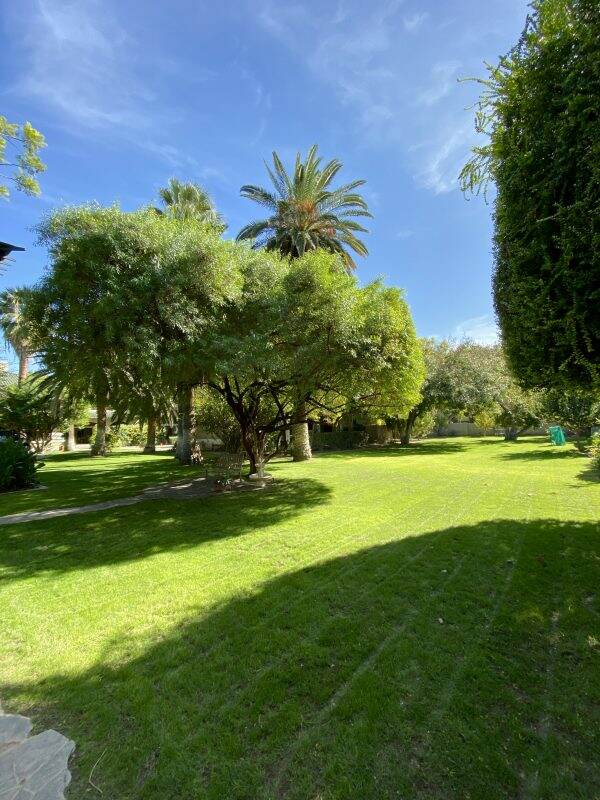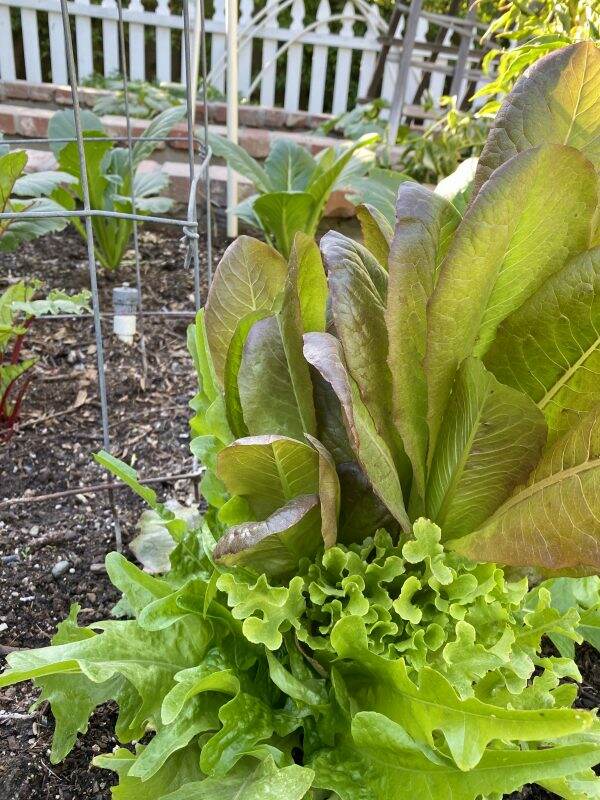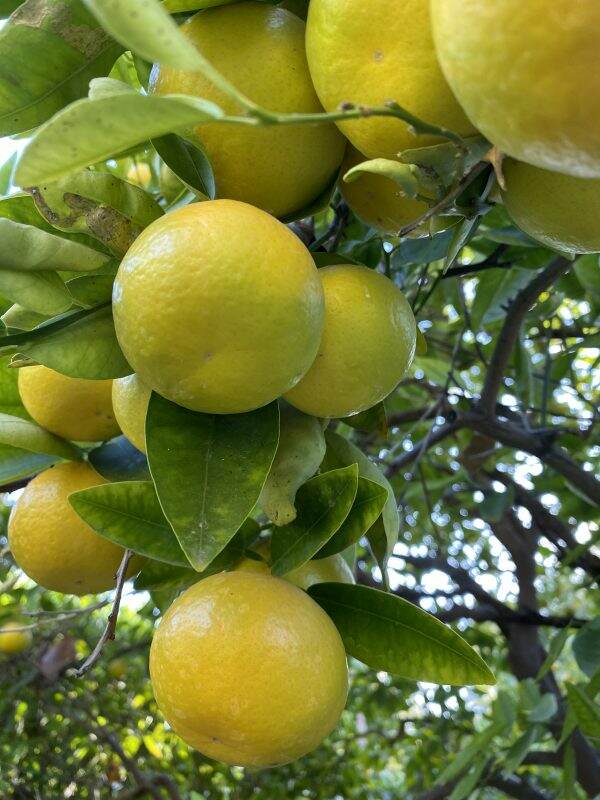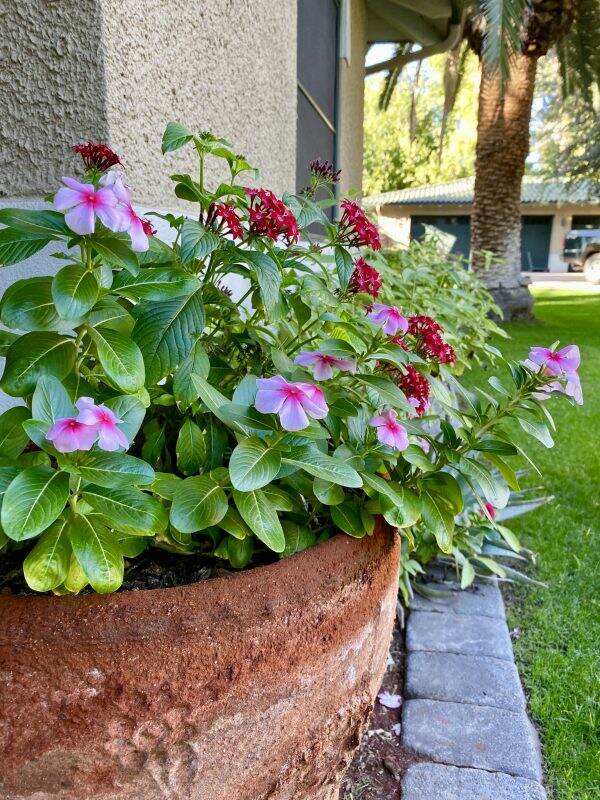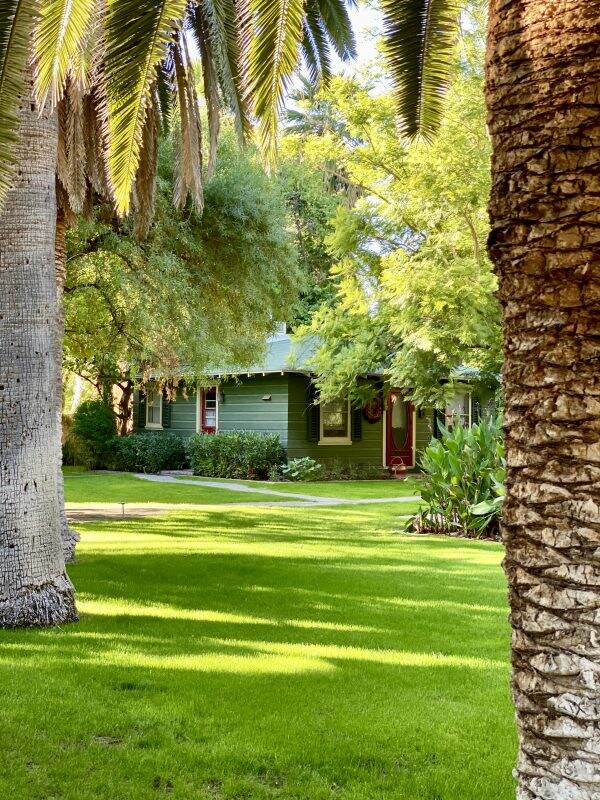An Abundance of Flowers

First of all, thank you for all the wonderful front door color suggestions and comments! It is so enjoyable to hear your thoughts on yesterday’s blog post. I am so excited to start experimenting with different colors. More to come.
I find it so interesting that some areas of the country are still experiencing snow, where we are having our first taste of summer. This last week the temperatures have been over 100 degrees and I’m just not ready for the summer heat.

Summer, for most areas of the country, means bountiful gardens and outdoor entertaining. Here in Phoenix, it is the opposite. My garden, for the most part, goes fallow. The intense sun burns the plants (unless you have big, broad leaves for protection). And you cannot do anything outdoors in the Valley of the Sun unless it is early in the morning or late at night. The heat can be dangerous and the thought of laying out in the sun equals skin damage.

Typically the summer is also our monsoon season~sometimes with rain and other times not. Dust storms blow through and cover the land with a layer of dullness. So I am trying to cherish the last bits of our Spring, where the gardens and flowers are bountiful.

Since it’s been a bit of a stressful week for me, today’s blog post is all about beautiful pictures~~the Spring we dream of during the last, long sweltering days of summer.

These photos were taken with my iPhone, during my walkabout yesterday morning. No editing done. One of the positives about spending so much time at home, is I find myself really “looking” at things. In the past, I took these flowers for granted. But now I find wonder in focusing in on each and every one of them. Look at the depth of beauty in the purple pansy or the pale yellow orchid!

I cannot express how grateful I am to have a yard to enjoy. A place to walk barefoot in the grass. A respite from the world’s nastiness. Where I have so many fond memories of my children’s escapades.

With each week, another flower blooms as one dies. My beautiful bulb garden, which provides such joy and color, is now gone. But the roses are at their peak so I don’t mourn the loss of the tulips and iris.

In addition to the flowers, the trees in the orchard are heavy with fruit. Soon we will have peaches and apricots and apples. I still think it is VERY strange to be picking apples in June vs. the romantic notion of doing so on a crisp fall day.

During a tumultuous time, I need to seek a way to ground myself. I’ve decided, just by writing this post, that my two words for today are: Grace and gratitude. So grateful that we can connect via this blog and so grateful for you taking the time to write a comment. Your words of support and encouragement are priceless. Grace may take a little more effort for me!!! But like many things in life, it’s a work in progress.
Have a glorious Wednesday! What are your word(s) for today?































































